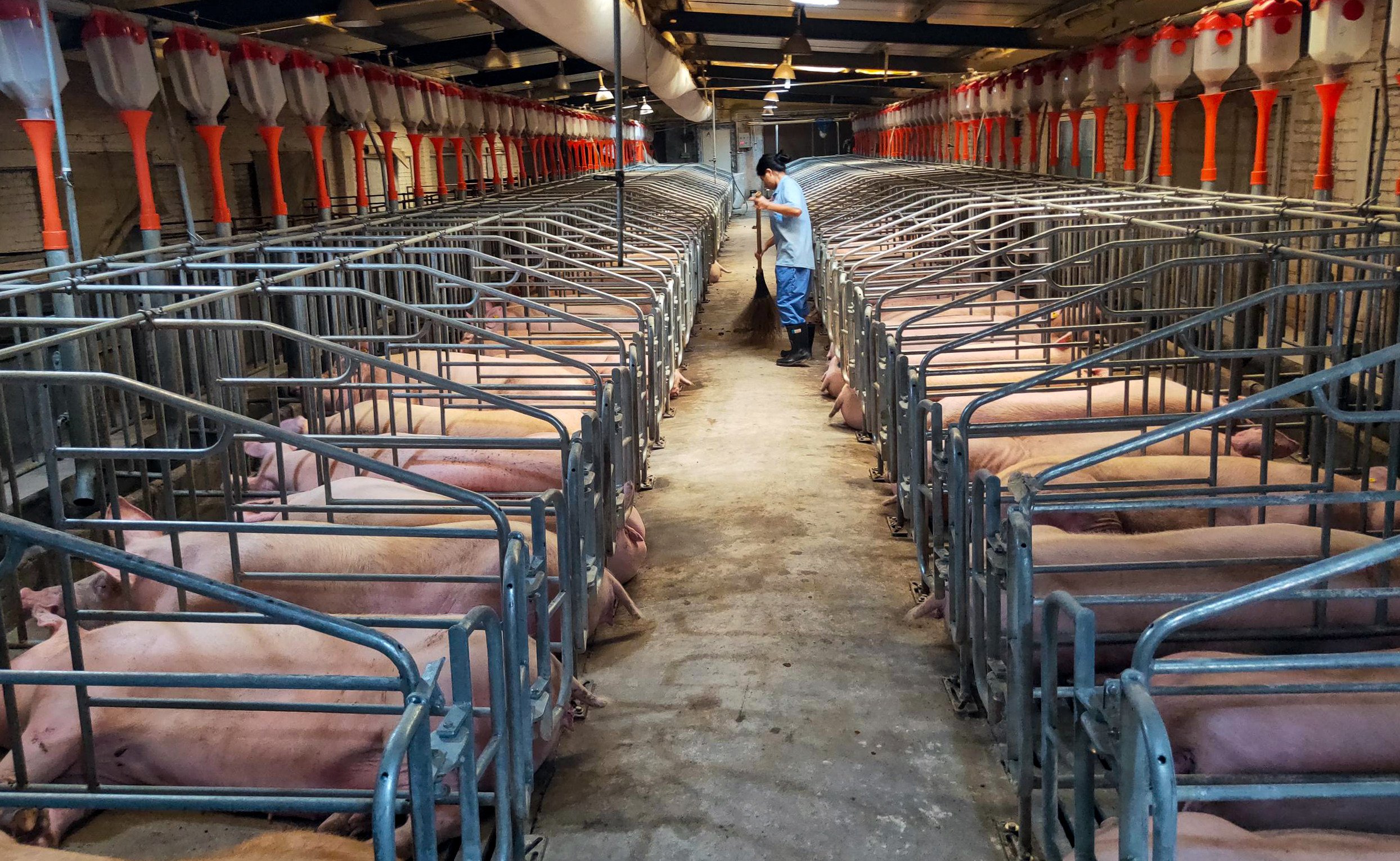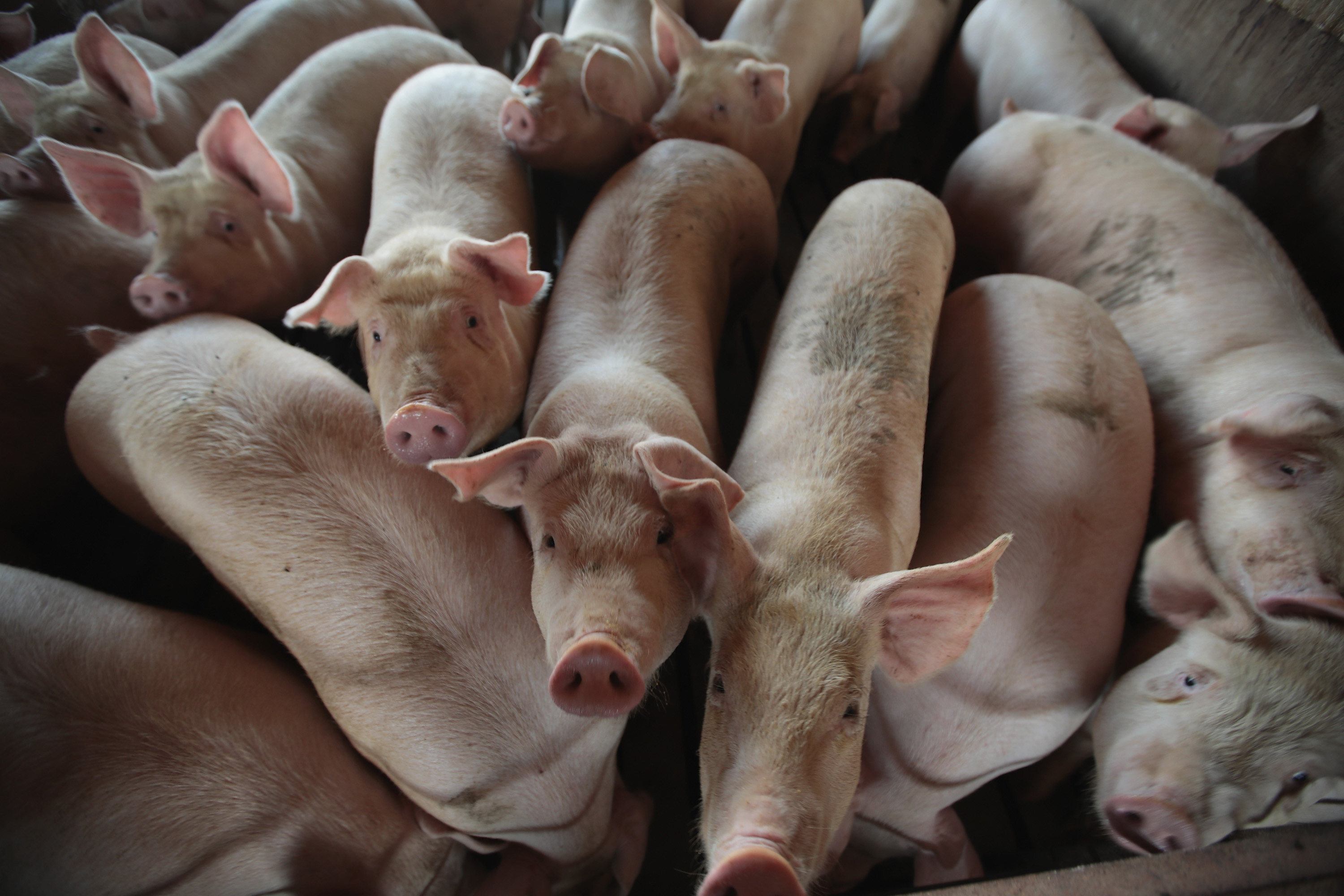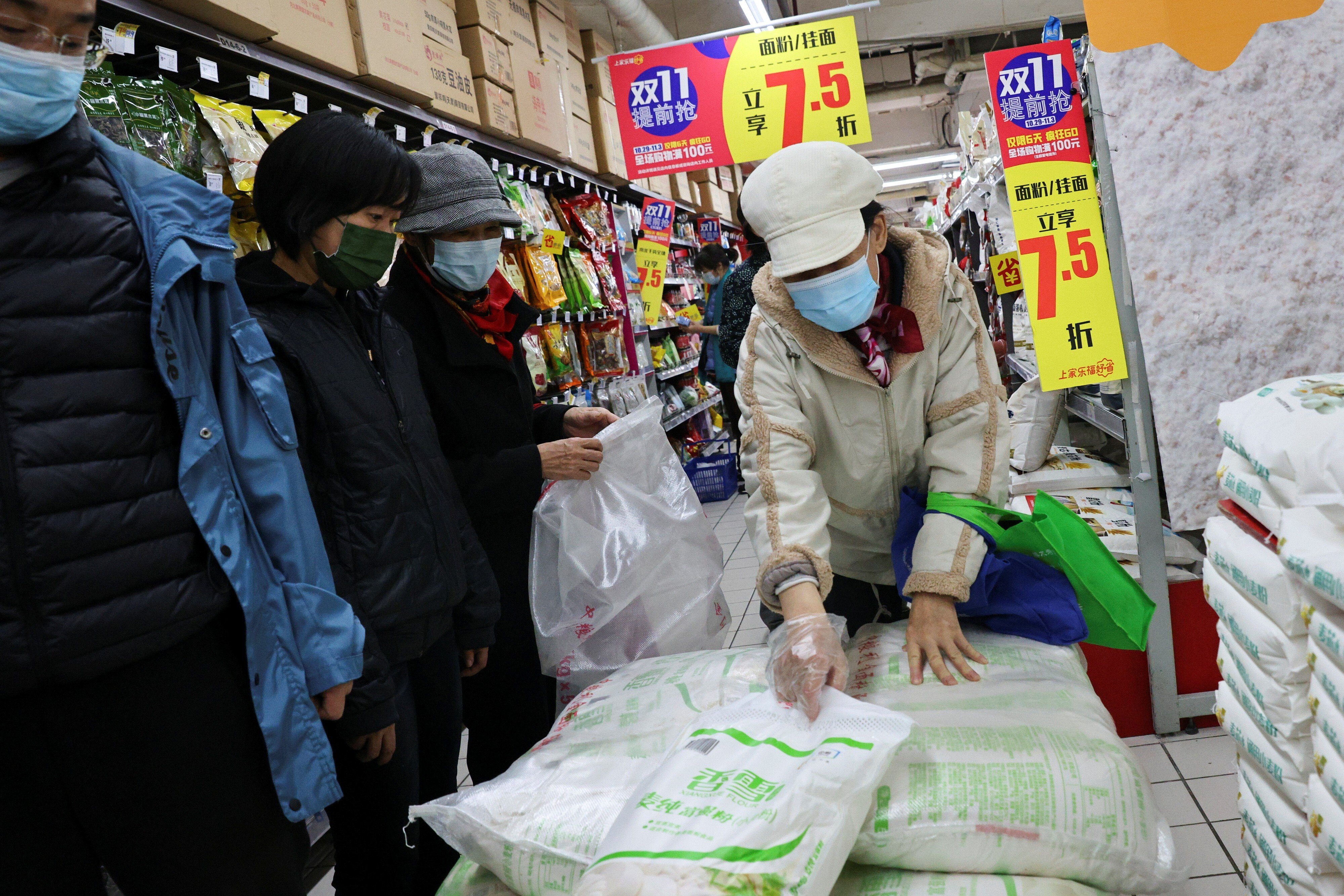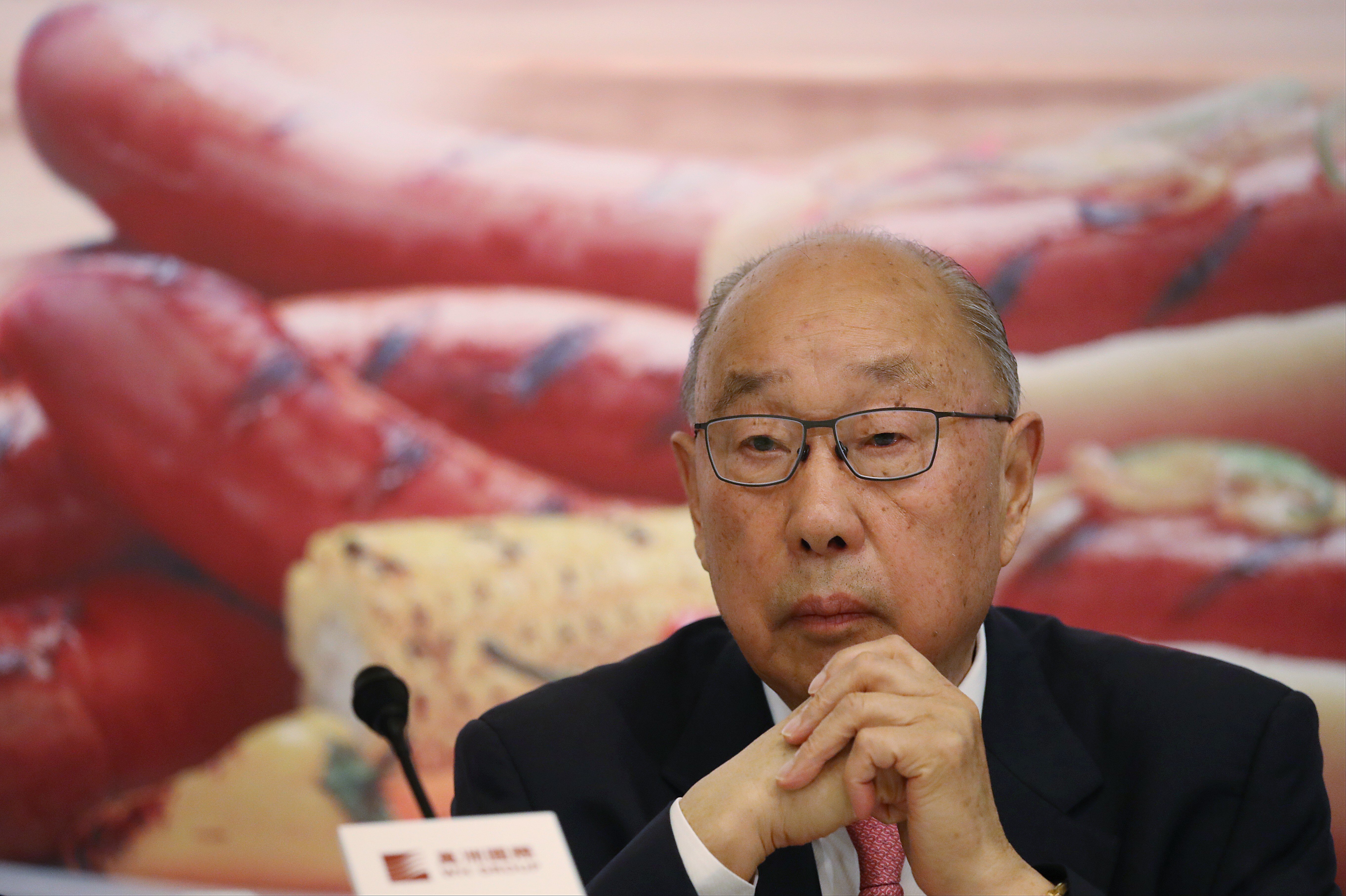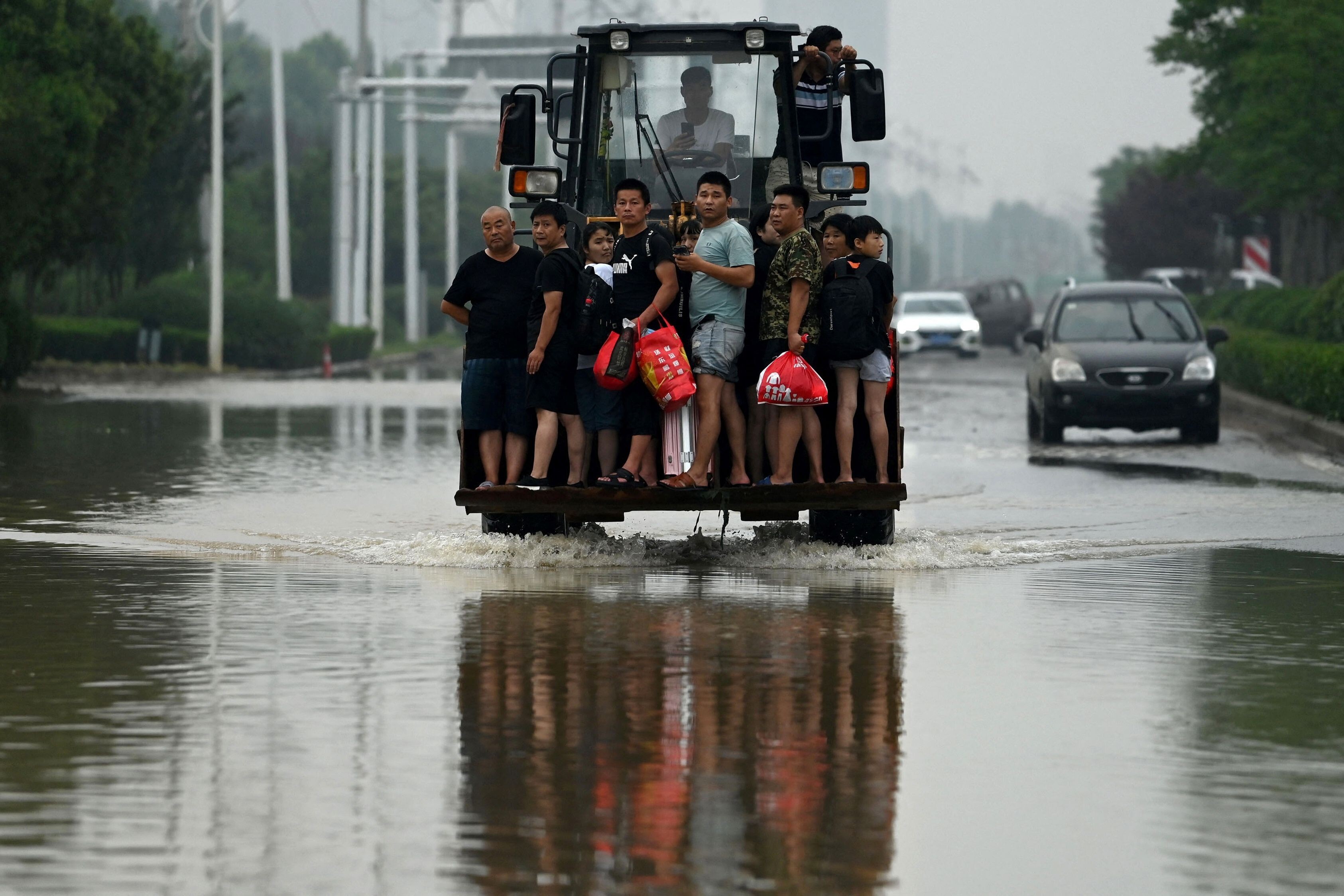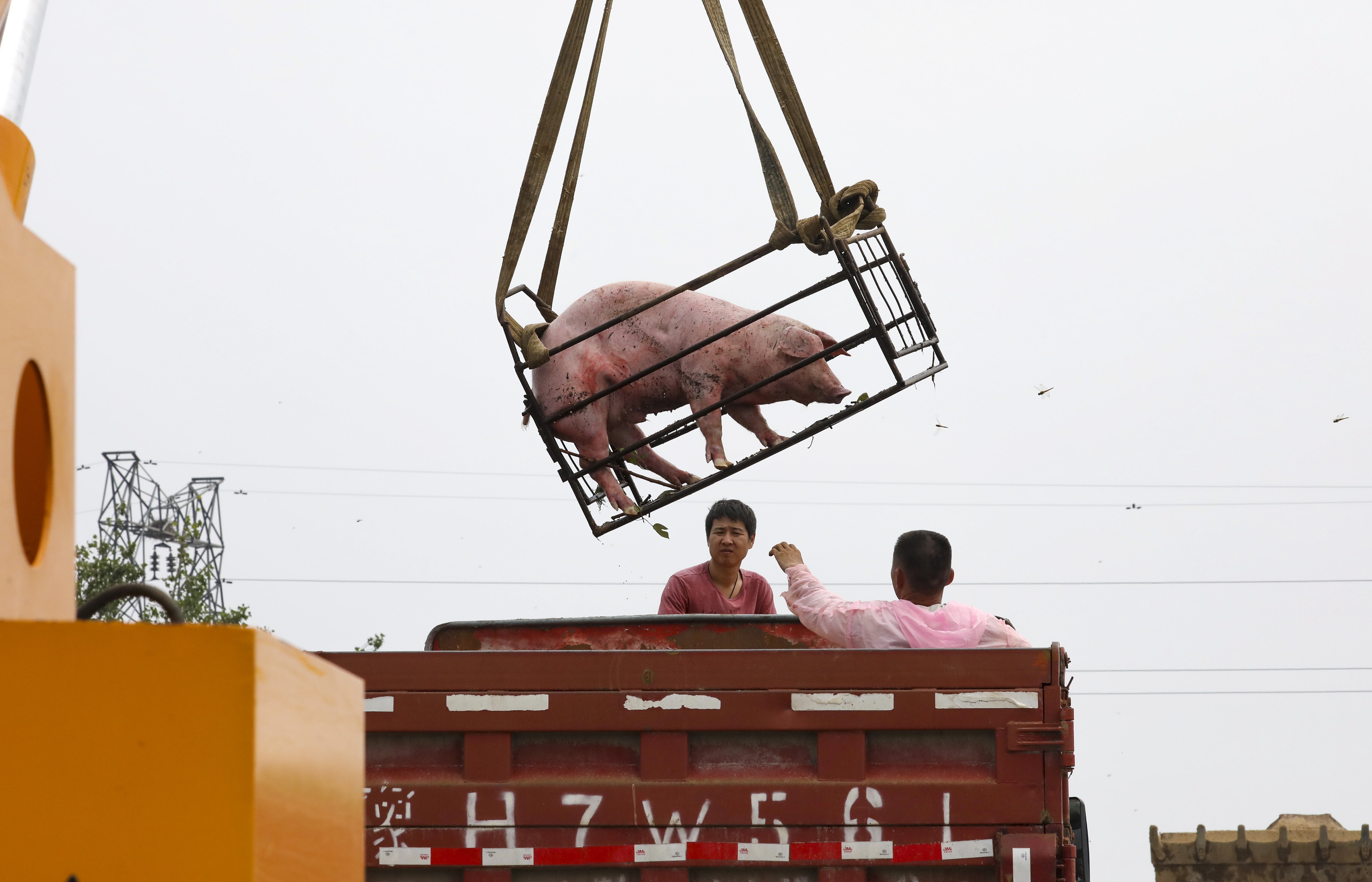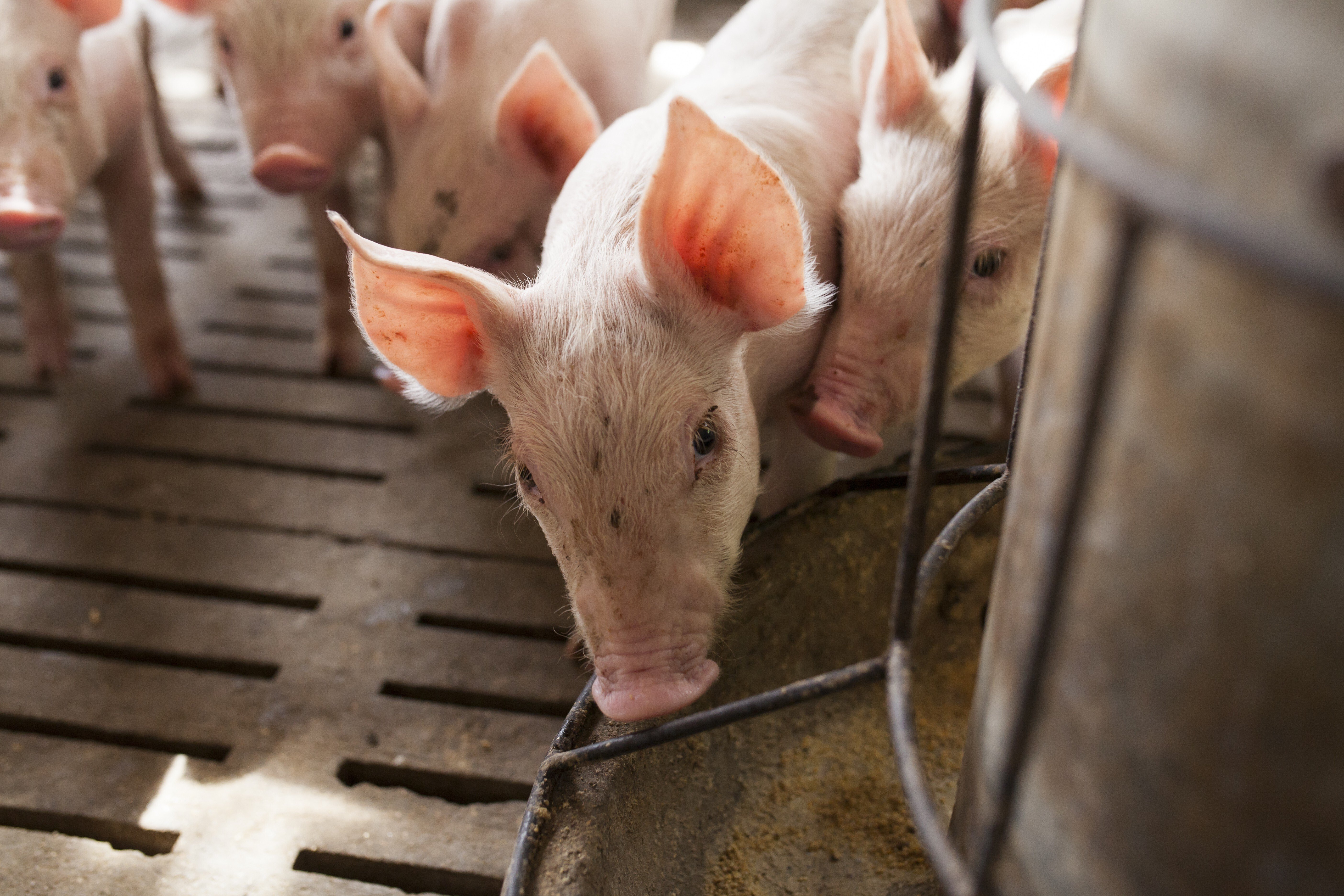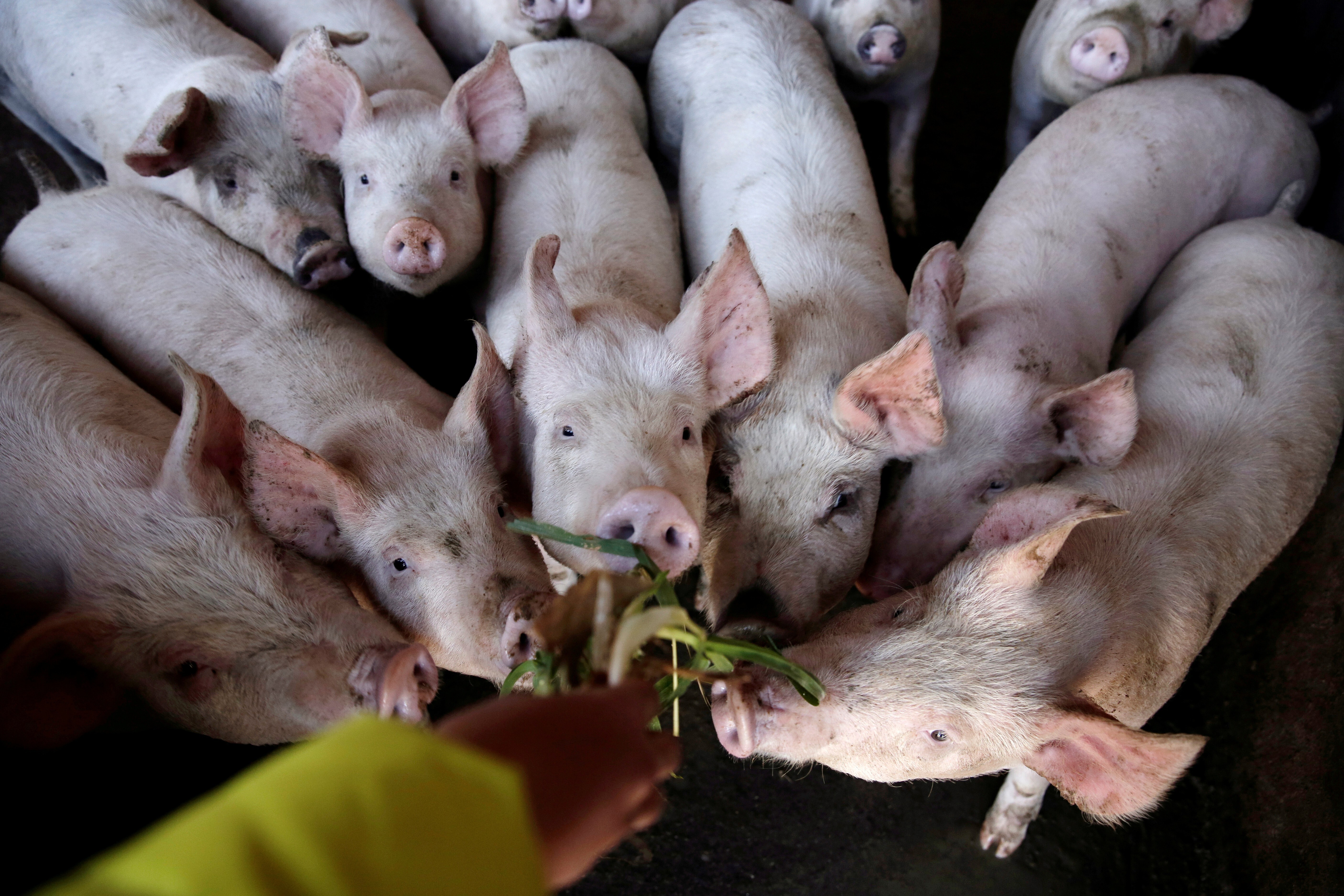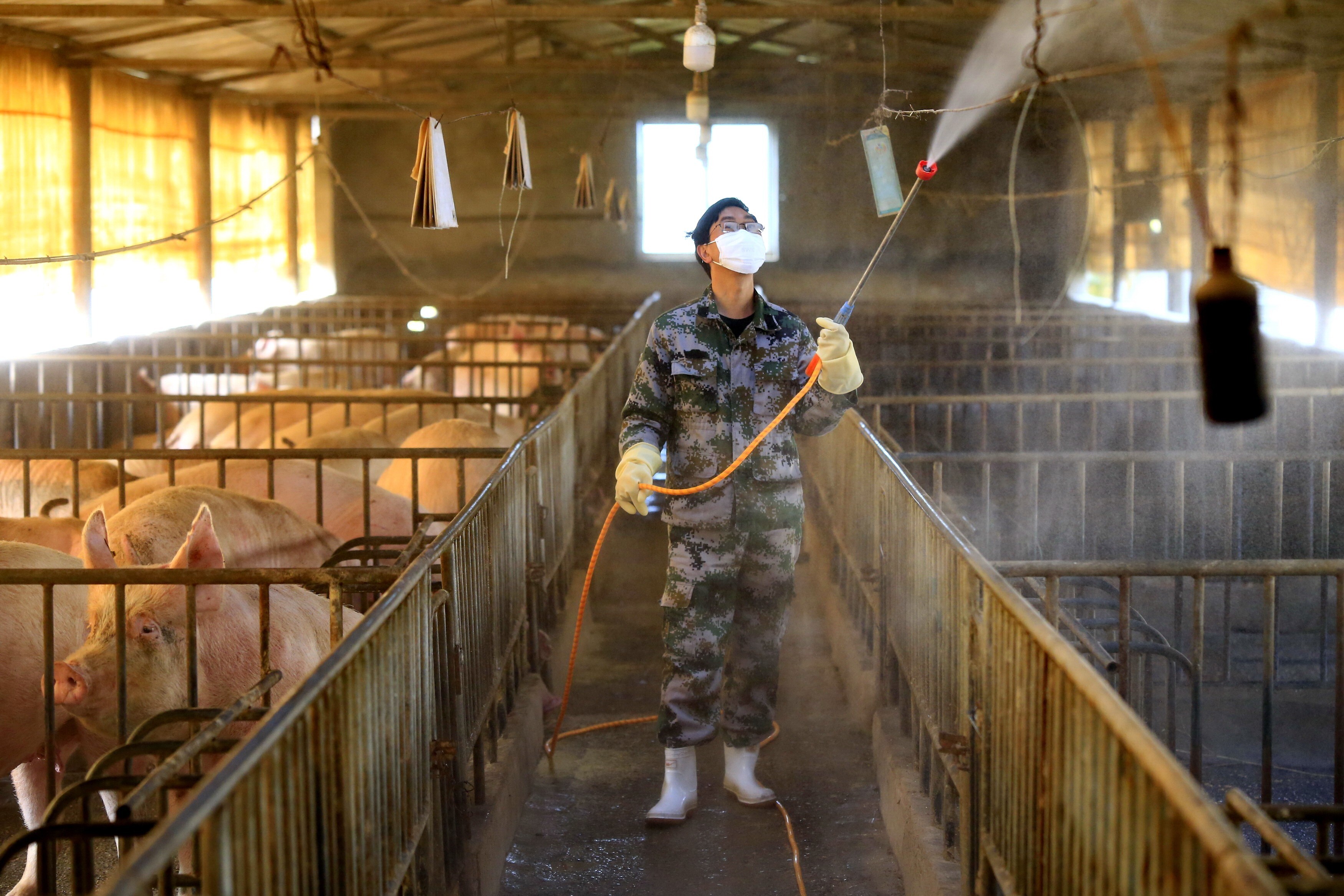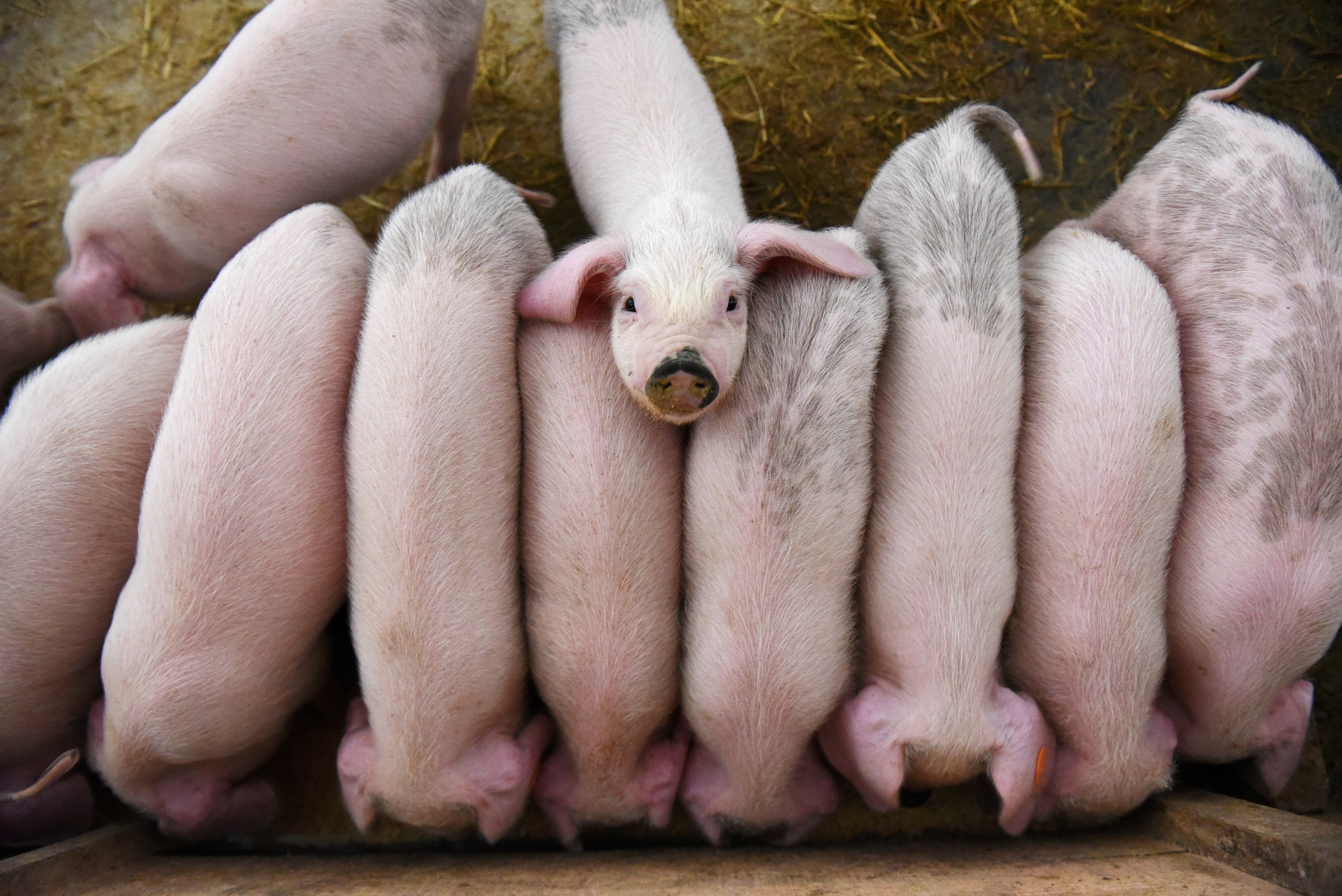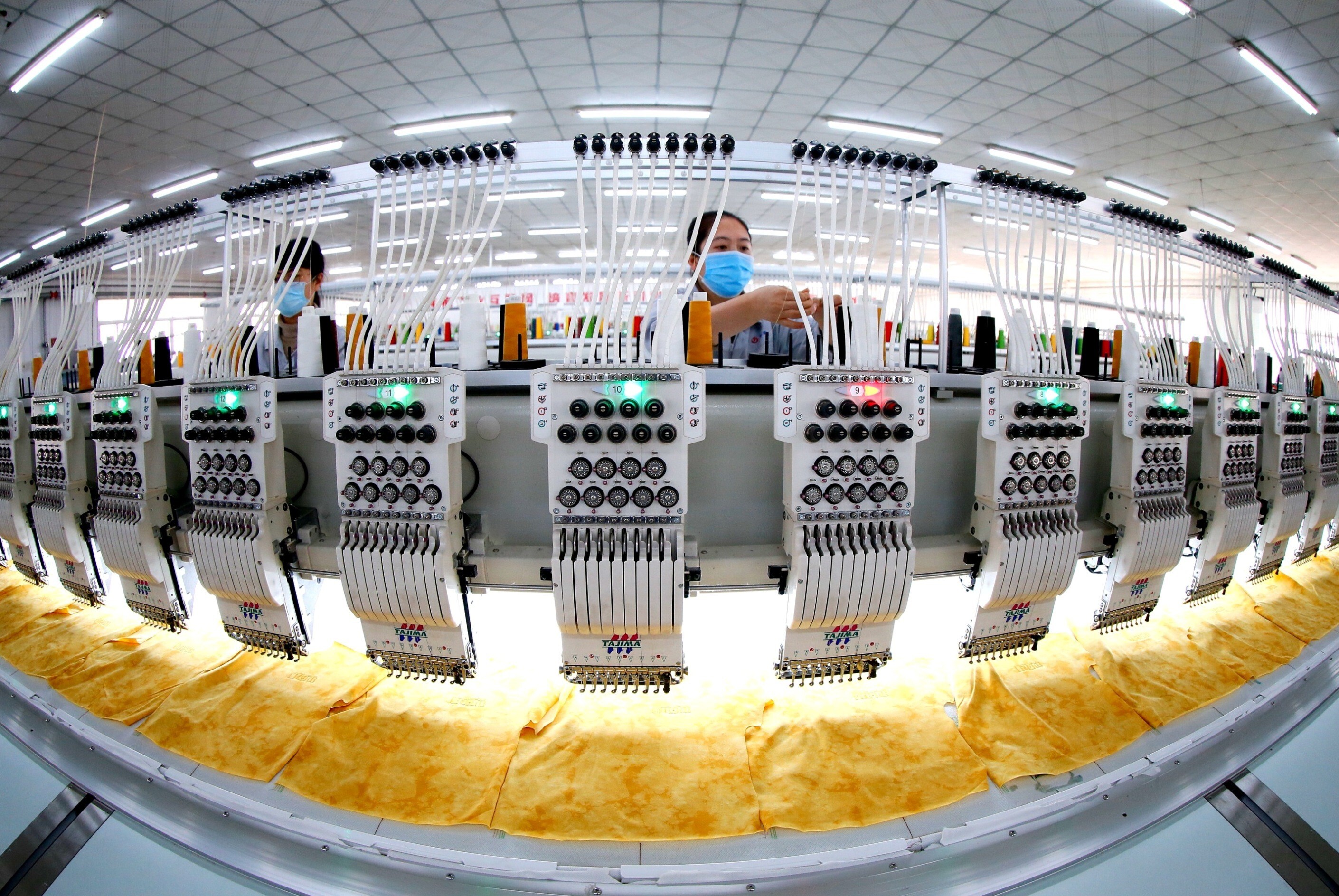TOPIC
China pork crisis
China pork crisis
African swine fever was first detected in China in August 2018, near its border with Russia, eventually spread to all 31 mainland provinces, municipalities and autonomous regions in less than nine months. This led to a mass culling of livestock that surpassed 100 million pigs and a significant jump in the price of pork, close to a 50 per cent increase in some cases. The trade war with the United States limited replacement options from the American agriculture industry due to higher tariffs. In 2018, China consumed about half of the world’s pork but more than 95 per cent was sourced from domestic supplies.
Advertisement
Advertisement
Advertisement
Advertisement
Advertisement
Advertisement
Advertisement
Advertisement
Advertisement
Help preserve 120 years of quality journalism.
SUPPORT NOWAdvertisement
Advertisement
Advertisement
Advertisement
Advertisement
Advertisement
Advertisement
Advertisement
Advertisement
Advertisement
Advertisement
Advertisement
